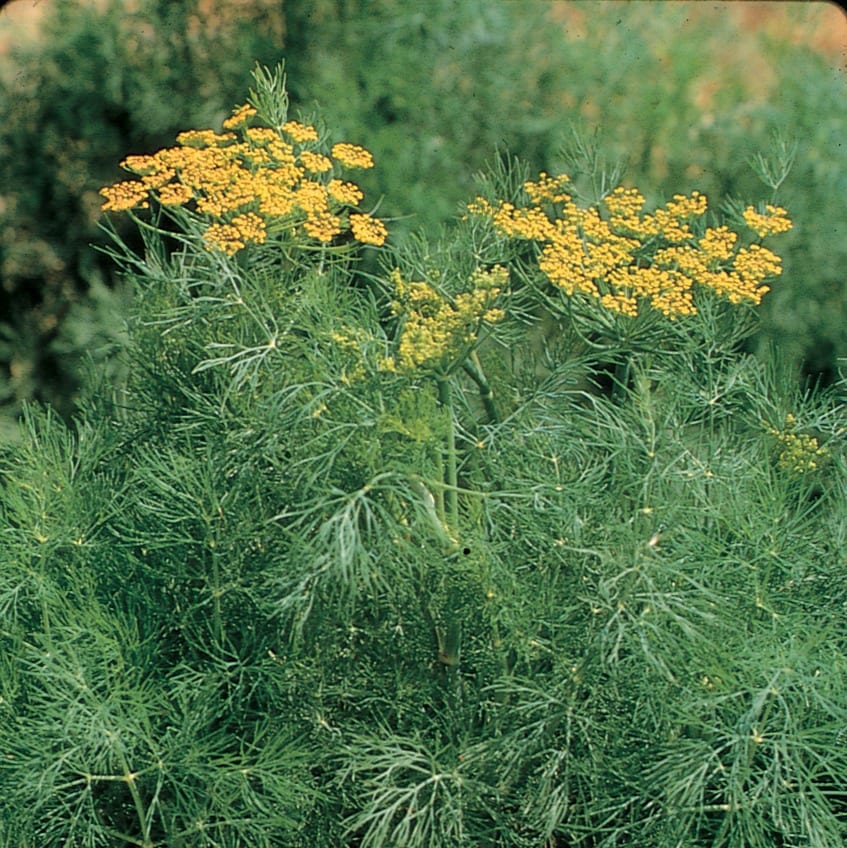| Maturity (days) | Annual |
|---|---|
| Plant height (cm) | 40 |
| Spreading (cm) | 30 |
| Formulation | Untreated |
Dill Fernleaf
Dill Fernleaf
3.59$
In stock
Dill Fernleaf has been added to cart
Buy 3 and get a 10% discount
A very unique variety for its extremely bushy plant, very close internodes and multiple secondary branches. The umbels are a long time in production. Mainly sold for its branches.
Cultivation mode
Plantation : The taproot of the dill does not support transplantation.Indoor: for container culture, sow seedlings directly in 30 cm containers in April and expose them to sun and heat. In May we take out the pots to air them.Outdoor: Sowing in the ground is done at the end of May. Seeds germinate slowly between two and four weeks.
Soil : Indoor: A well-drained, porous seedling soil is ideal for preventing overwatering.Outdoor: he likes light and well-drained soils, if your soil is too compact, do not hesitate to lighten it with sand and potting soil. Enrich your soil at planting with compost or an amendment made from manure and algae.
Spacing : Make furrows 1 cm deep and spaced 20 cm apart. Sow a seed every 5cm. Cover the furrows with soil, tamp down and water. Once they have 2-3 leaves, thin out so that you only leave one plant every 15 to 20cm.
Cultural practices : young dill plants have fragile roots, so avoid transplanting them. The stress of transplanting tends to make dill bloom more quickly and shorten the harvest. There is no particular maintenance to be had. Water when the soil is dry to prevent early flowering.
Harvest : harvest the leaves as and when you need them. It is during flowering that they have the most taste. To keep them you can dry them or freeze them. The seeds and flowers are also edible. To harvest the seeds, wait for the umbels to turn brown and dry. Drop the seeds into a paper bag by rubbing them in your hands. You can use it in cooking or as seeds for your next sowing.
| Latin name |
Anethum graveolens |
|---|---|
| Companion plants |
broccoli, cabbage, Brussel sprouts, cauliflower, cucumber |
| Rival plants |
carrot, parsley, parsnip |

